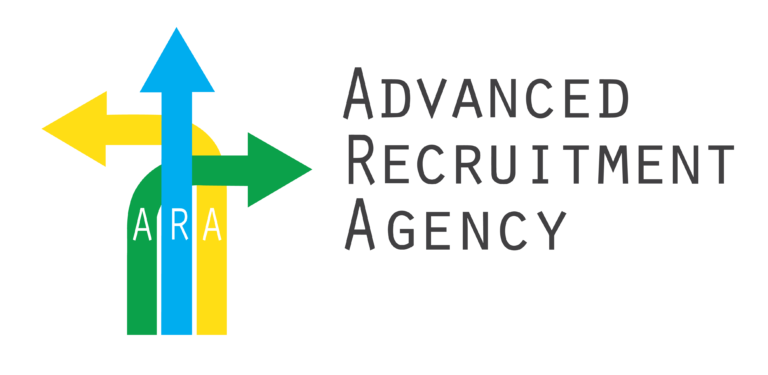
So, you started tracking some crucial recruitment metrics a while back. Now, you see the worth in KPIs like time-to-fill, cost-per-hire, and the new-hire turnover rate. Collecting and examining information helped determine powerlessness in your working with procedure. You have actually assessed your recruiting team's efficiency and enhanced their workflows. But you may seem like there's more to track, more to learn-and more opportunities for enhancement.

These five sophisticated recruitment metrics are an outstanding next action. These next-level KPIs offer insight into recruiting and worker retention details. With this additional understanding, you'll be much better geared up to find and attract the finest skill.

What Are the Common Recruiting KPIs?
Before continuing with advanced recruitment metrics, ensure you're already tracking some basic KPIs. Your applicant tracking system (ATS) or human capital management (HCM) application most likely collects the information needed for these metrics. Your systems might even have analytics functions that present the metrics for you. This consists of:
Time-to-Fill: This is the typical time to fill an employment opportunity, from task posting to provide approval.
Cost-Per-Hire: Your cost-per-hire metric is the total expenses connected with filling open positions divided by the number of hires in a provided duration.
Offer Acceptance Rate: Expressed as a portion, this is the number of accepted task uses divided by the total number of offers.
New-Hire Turnover Rate: This determines the length of time, typically, brand-new hires stay with your business.
Quality-of-Hire: Using performance appraisal information and other stats of your choice, quality-of-hire shows the value new employees bring to your company.
The Top 5 Advanced Recruitment Metrics
If you're already tracking the typical recruiting KPIs, here are the top 5 innovative recruitment metrics you can explore next.
1. Candidate Net Promoter Score (NPS)
The candidate web promoter rating (NPS) utilizes survey information to determine how prospects view your recruiting process. It's based on a popular sales metric that determines client loyalty and retention.
To compute prospect NPS, survey each candidate by inquiring the concern, "On a scale of 1 to 10, how likely are you to recommend a pal, associate, or member of the family to use here?"
Provide an optional field for candidates to discuss their responses. You then place responses in among three categories:
- Rankings between 1 and 5: Detractors
- Rankings in between 6 and 7: Neutrals
- Rankings in between 8 and 10: Promoters
A higher average prospect NPS rating shows a more favorable applicant experience. For lower scores, assess the offered explanations to determine weak points in the process.
2. Employee Referral Rate
Employee recommendations help in reducing conventional recruiting expenses, like advertising and other job publishing fees. Referrals can likewise be a faster way to finding leading talent. In addition, a high number of recommendations shows high employee complete satisfaction levels considering that delighted employees are far more most likely to suggest your company to others.
To calculate the worker recommendation rate, track the total number of referrals in a given period and compare it to a matching duration in the past. You can likewise measure the number of recommendations per job publishing and benchmark your outcomes against other business in your market or area.
3. Time-to-Hire
While time-to-hire may appear comparable to the time-to-fill metric, there is a critical difference. While time-to-fill measures the duration from task posting to provide acceptance, time-to-hire has a narrower focus.
The formula for time-to-hire is the variety of days from when a prospect applies to when they accept a deal. This metric much better shows efficiency when things are under your group's control, as outside aspects can distort time-to-fill numbers.
4. Time in Each Process Step
You can further break down time-to-fill or time-to-hire and measure the time invested in each action of the recruiting procedure. If you base it on your time-to-fill information, you'll get a broader appearance, as this metric will cover time spent on the task requisition procedure, associated approvals, and producing job postings.
Since each company's recruitment procedure is special, it can be tough to benchmark your performance against industry competitors. However, even if the procedure actions do not match precisely, they will be quite comparable. Deviation from market norms with a long period of time invested on one step can show a chance for improvement.
5. Time-to-Productivity
The time-to-productivity metric is comparable to quality-of-hire, as you use internal requirements to determine a brand-new hire's effectiveness. However, whereas quality-of-hire is based on a brand-new hire's performance and job expectations, the function of time-to-productivity is to determine the length of time it takes a new hire to become totally self-dependent at their brand-new task.
Since this metric can vary for each task role, it can be challenging to define and track. However, if you can set standardized performance goals for each role, time-to-productivity can be an extremely reliable metric, as it develops a criteria for ROI on a new hire.
Harnessing the Power of Recruitment Metrics
Recruiting and skill acquisition are progressively competitive jobs. Every company intends to bring in and maintain premium employees. If you can get any benefit in the talent marketplace, it deserves it. That's why recruitment metrics are so important. Each one uses insight into how you can enhance your working with workflow just a bit more while benchmarking your performance versus rivals.

More advanced metrics are especially powerful, as they help you pinpoint opportunities for enhancement.
Interested in more guides on hiring trends and the current news in a large range of markets? Follow MRINetwork today.









